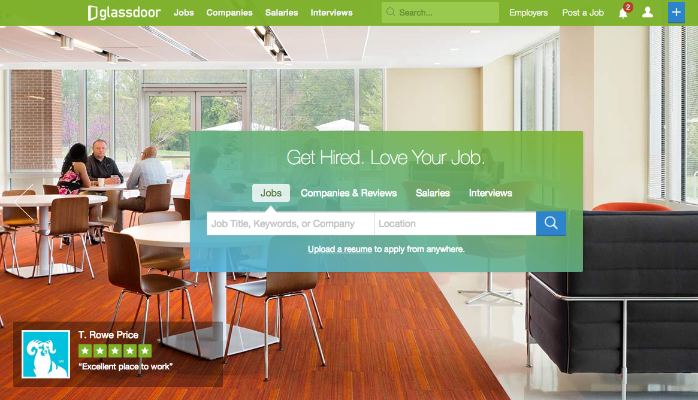 The past few weeks have witnessed some major consumer brands changing their logos: Belk, MySpace, The Gap, etc. Most notably was The Gap who changed their logo to one of the worst designs I’ve seen in my 20 years of marketing communications. After much public disapproval and constant web and social chatter, The Gap decided to go back to their old logo. However in the meantime they also said they would crowdsource a new design, another bad decision.
The past few weeks have witnessed some major consumer brands changing their logos: Belk, MySpace, The Gap, etc. Most notably was The Gap who changed their logo to one of the worst designs I’ve seen in my 20 years of marketing communications. After much public disapproval and constant web and social chatter, The Gap decided to go back to their old logo. However in the meantime they also said they would crowdsource a new design, another bad decision.
I’m not going to question what the decision makers were thinking at The Gap, they don’t pay me to do that. Instead I reflected back on the fact that several of the companies I’ve worked for have changed their name, identity and other marketing symbols and done so without the uproar that we witnessed last week. So what are the considerations when deciding to change, modify or update your company name and/or logo?
- Why the change? Has your product become synonymous with something that leaves a bad taste in your customer’s mouth? Has technology moved past your current product or service offering? This was the case in my first company that sold mainframe software. The company name was VM Systems Group based on the VM and related IBM mainframe platforms. When we acquired a new modem software company we had problems calling customers who heard the term VM and said, “we don’t use VM,” and hung up. So a name change was necessary to sell beyond our traditional customer base.
- What is the impact? There are several facets to this question. There will be impact on the brand equity. How much will you throw away and how much effort will be required to generate awareness of the new name and logo? Operations and finance will want to know how much is it going to cost. If your company has a large library of printed collateral, trade show booths and graphics and other corporate swag, how much money will you have to spend to recreate, reprint and rebuild all of the physical stuff?
- What is the commitment? The Gap demonstrated that there was a total lack of commitment in several areas to both the old and new logo. When I first saw the new design my first question was, is this a joke? A name and identity change should involve commitment from all levels and department of management. This process also allows you to get feedback on every aspect from design to practicality. For example does the new design work on delivery trucks, packaging, uniforms, web, event materials, etc. By involving the different functional teams in your company you can get this feedback before final decisions are made in a vacuum.
- Finally there should be a communication plan. Traditional designers will rollout a spec book or guidelines on where the new logo is placed on literature or how to display on dark backgrounds. This is only half of the plan. A communication plan should also include the elevator pitch your employees need to know and believe in to build a strong brand experience. If you’re brand ambassadors answer the question of why did your company change the name/logo with “I don’t know,” or even worse “I don’t like it” then you did not do your job. Employees, partners and all stakeholders need to be comfortable in communicating why and how important the change was to your company moving forward.
To use my old company from the first point, the answer to the question would not be, “because we don’t just sell VM software,” it was, “our new offering includes a whole new suite of products for the corporate PC user.” (Note: it was 1993 and corporate PCs were new back then!)
Your corporate identity precedes your current and future employees. Don’t muck it up because you did not take the time to research, listen and perform due diligence to make the change a success rather than the next marketing case study!


